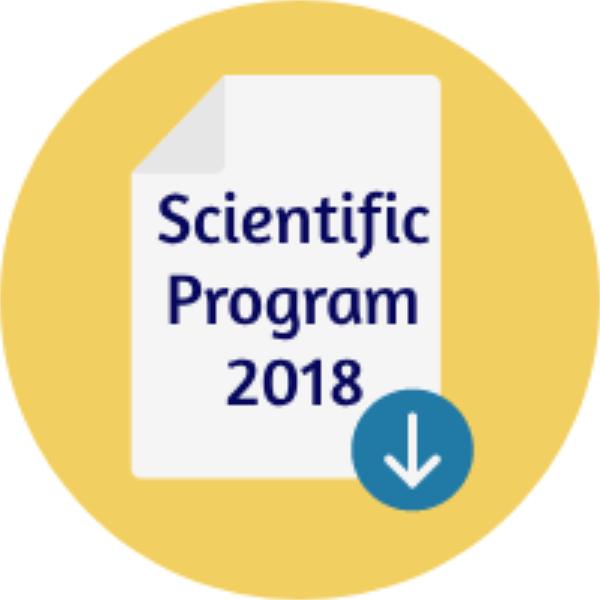
Clydewyn M Anthony
The United States Pharmacopeial Convention (USP), USA
Title: Chiral HPLC resolution of a potentially serious global health crisis
Biography
Biography: Clydewyn M Anthony
Abstract
A few years ago there was a potentially serious health issue in Pakistan and Paraguay which spurred investigation and responsive action by both the United States Pharmacopeial Convention (USP) and The Food and Drug Administration (FDA). This crisis resulted in the deaths of adults and children who had ingested Dextromethorphan Cough Syrup. It was later determined and confirmed that toxic levels of the controlled substance, levomethorphan, an enantiomer of dextromethorphan, was found in the drug formulation and was responsible for the resulting deaths. USP has thus charged with developing a quantitative procedure for monitoring levomethorphan and simultaneously incorporating this method as a revision to the documentary standard within its compendium. At the time of the public health issue, the existing USP Dextromethorphan monograph did not include a quantitative procedure for the determination of its enantiomer, levomethorphan. Hence a chiral HPLC method was developed to bring the monograph up-to-date and simultaneously address obvious safety concerns associated with the enantiomer. The proposed HPLC method separates levomethorphan and dextromethorphanone (another impurity, dextromethorphan Related Compound C) from dextromethorphan; and allowed quantitation to satisfy acceptance criteria requirements for these impurities (0.10%). Hence, manufactured lots which test higher than the specified limit of levomethorphan can be rejected thus helping to prevent potential safety issues in the future. A complete overview of the issues encountered in the development of this chiral HPLC method along with the challenges associated with the implementation of a global procedure which utilizes a schedule 11 controlled substance as a public standard will be presented.

